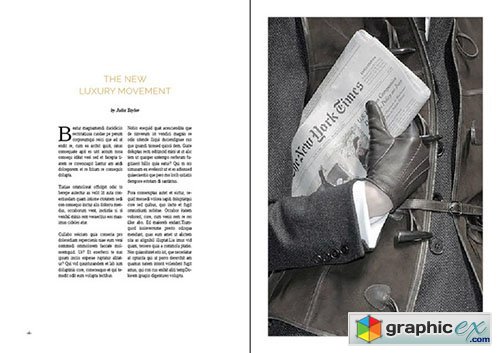

This refers to the mapping of a character code to a particular glyph (character shape) description. The Multiple Master fonts that are used for this are:Īnother important aspect of font handling is the encoding.

This way, the document will not be represented exactly as the designer wanted it to, but at least the text won’t reflow. If certain fonts are missing from the PDF file, Adobe Acrobat and Adobe Reader will automatically try to emulate the missing font by using one of the Multiple Master fonts that are built into these programs. For subsetted fonts, the font name is preceded by 6 random characters and a plus sign. This means that PDF files with subsetted fonts are smaller than PDF files with embedded fonts. If the “$” character doesn’t appear anywhere in the text, that character is not included in the font. Subsetting: Only those characters that are actually used in the lay-out are stored in the PDF. Embedding: A full copy of the entire character set of a font is stored in the PDF. There are two mechanisms to include fonts in a PDF: This makes sure that the file can be viewed and printed as it was created by the designer. What is the difference between Embedded fonts and Subset Embedded fonts?īy preference any fonts that are used in a layout are also included in the PDF file itself. The ability to embed OpenType directly was added for the forms capabilities of PDF, it offers no immediate advantage for prepress users. In prior releases OpenType fonts are embedded as either Type 1 or TrueType fonts. OpenType: From PDF 1.6 onwards, OpenType fonts can be stored directly in PDF files. Composite fonts (Type 0): both Type 1 (CIDFontType0) and TrueType (CIDFontType2) are supported. The PDF file format supports the use of the following font formats:

What fonts are supported in the PDF format?


 0 kommentar(er)
0 kommentar(er)
